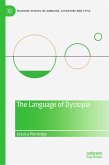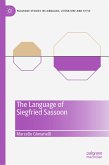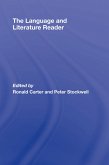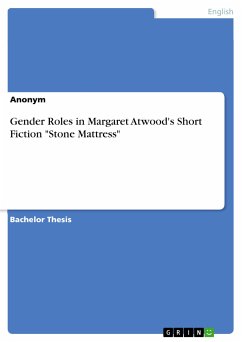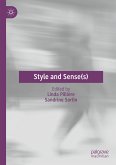This book explores Margaret Atwood's distinctive use of language and style, across a selection of her prose texts, through reader-centred, cognitive stylistic analyses. It examines how strategies of misdirection, processes of doubling, and the creation of textual ambience play an essential role in Atwood's contemporary prose fiction style. With reference to contemporary scholarship in stylistics and literary criticism, each chapter presents a detailed linguistic analysis of a different text from Atwood's oeuvre, from
Alias Grace (1996) to
Old Babes in the Wood (2023). Above all, the book studies experiences of reading Atwood's works, situating and contextualising her signature linguistic choices in relation to real readers' responses to her writing.
The book should be of interest to readers specialising in the work of Margaret Atwood, including those with stylistics, cognitive linguistics, and literary studies backgrounds.
Chloe Harrison is Senior Lecturer in English Language and Literature at Aston University, UK. She specialises in cognitive stylistics, re-reading and contemporary fiction.
Dieser Download kann aus rechtlichen Gründen nur mit Rechnungsadresse in A, B, BG, CY, CZ, D, DK, EW, E, FIN, F, GR, HR, H, IRL, I, LT, L, LR, M, NL, PL, P, R, S, SLO, SK ausgeliefert werden.



